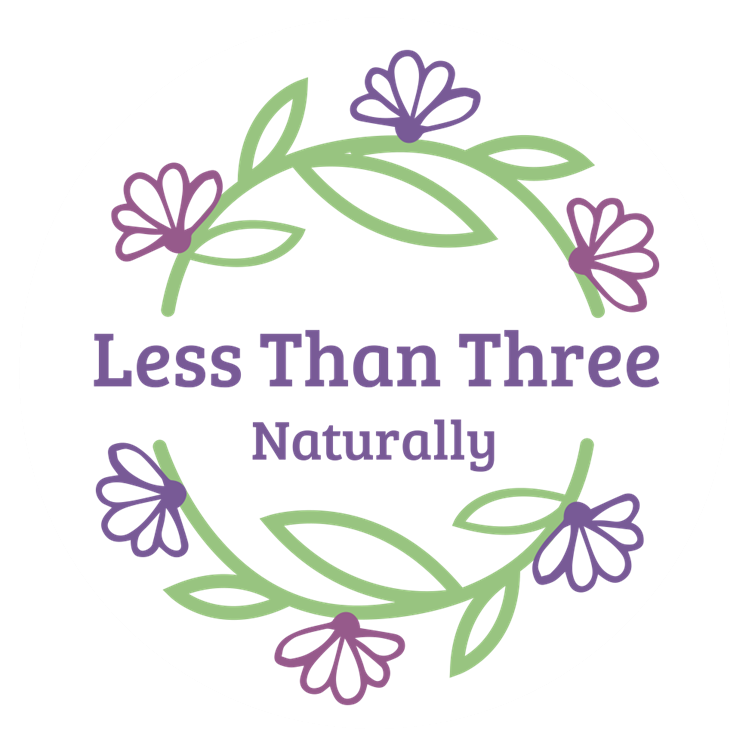
What is a surfactant?
The word “surfactant” is an abbreviation of surface active agent. Surfactants stir up activity on the surface you are cleaning to help trap dirt and remove it. They are the key ingredient in cleaning products.
If you are interested, keep reading for a mini chemistry lesson.
The chemistry bit: There are four different types of surfactants; nonionic, anionic, cationic, amphoteric. All four types of surfactants lower surface tension, but they have different compositions and polarity, and because of this they act differently and have different purposes. They can be used as emulsifiers, wetting agents, foaming agents, anti-foaming agents, and dispersants and are found in products including inks, soaps, detergents, waxes, paints and so much more.
A soap molecule has a hydrophilic (water loving) head and a lipophilic (oil loving) tail. The hydrophilic head of each surfactant is electrically charged. The charge can be negative, positive, or neutral. The charge of the hydrophilic head classifies the surfactant as anionic, nonionic, cationic or amphoteric.
What are different types of surfactants used for?
Anionic Surfactants – Anionic surfactants have a negative charge and can be found in products such as laundry & dish detergents, toothpaste, shampoo, body soaps, and other bath products.
Nonionic Surfactants – Are neutral and are very good at emulsifying oils and are better than anionic surfactants at removing organic soils. The two are frequently used together to create “dual-action” or “multi-purpose” cleaners that can not only lift and suspend soil partiles, but also emulsify oily soils. These surfactants are often used as wetting agents or in coatings. Various products that these are used in include polishes, cleaners and fragrances.
Cationic Surfactants – Cationic surfactants have a positive charge which allows them the ability to disturb and penetrate the cell membrane of viruses and bacteria, due to their positive charge. For this reason, cationic surfactants are often used in antimicrobial and antifungal products, but they are also used in anti-static and conditioning products.
Amphoteric Surfactants – These surfactants possess properties of both cationic and anionic surfactants, in that they they have a dual charge on their hydrophilic end, both positive and negative. Amphoteric surfactants have quick dry properties and are often used in paint and latex products to help them dry or coagulate quicker. Most types of soaps and detergents that you use everyday are anionic surfactants.
So remember above where I mentioned that a soap molecule has a hydrophilic (water loving) head and a lipophilic (oil loving) tail? When there are a sufficient amount of surfactant molecules present in a solution, they combine together to form structures called micelles. Ever heard of micellar water cleansers?
As the micelle forms, the surfactant heads position themselves so they are exposed to water, while the tails are grouped together in the center of the structure protected from water. Essentially the oil loving tails attach to greasy dirt and grime, which is then pulled away by the water loving heads when you rinse, leaving the washed surface clean.
So that is how they work, what are they made of?
Traditional soap is a result of reacting fats (E.G. coconut, olive or other vegetable derivatives or animal fats such as tallow) with sodium or potassium hydroxide (Lye). Commercial surfactants such as the biodegradable Sodium cocoyl isethionate (SCI) is a surfactant based on fatty acids from coconut oil and isoethionic acid, a type of sulfonic acid. We sometimes lump everything together under the same heading of “soap” and while some products may look like soap E.G. shampoo and cleansing bars, they don’t actually contain any “soap”.
Traditional bar soap strips away the skin’s natural protective barrier. This is because soap has an alkaline pH of around 9 – 10. It leaves your skin sensitised and dehydrated. Even castile soap has a high pH of 8.9. This is why you shouldn’t use soap to cleanse the delicate skin on your face, or use it to wash your hair.
A face cleanser should compliment the skin’s natural acidic pH with a pH between pH 4 – 6, so it does not strip protective oils. Most shampoos have a pH of 6 – 7, again so as not to strip the scalp and hair of protective oils.
Thanks for sticking with me for the mini-chemistry lesson. The point of all this is that not all surfactants are created equal. Choose the right product for the job and know your ingredients.
References:
Healthline. (2021). Is Using Bar Soap on Your Face Good or Bad? What to Know. [online] Available at: https://www.healthline.com/…/beauty…/bar-soap-on-face… [Accessed 12 Apr. 2022].
https://miskinbeauty.co.uk/. (n.d.). What is the difference between soap & cleanser? | Mi:Skin Beauty. [online] Available at: https://miskinbeauty.co.uk/what-is-the-difference…/… [Accessed 13 Apr. 2022].
Aussie Soap Supplies. (n.d.). Surfactants – What are they? [online] Available at: https://aussiesoapsupplies.com.au/surfactants-what-are-they/ [Accessed 13 Apr. 2022].
ecolink.com. (n.d.). Types of Surfactants – Surfactant Use – What Are Surfactants. [online] Available at: https://ecolink.com/info/types-of-surfactants/ [Accessed 14 Apr. 2022].
EWG. (n.d.). EWG Skin Deep® | What is SODIUM COCOYL ISETHIONATE. [online] Available at: https://www.ewg.org/…/706048-sodium-cocoyl-isethionate/ [Accessed 15 Apr. 2022].
Hayes, D.G. (2017). Chapter 11 – Fatty Acids–Based Surfactants and Their Uses. [online] ScienceDirect. Available at: https://www.sciencedirect.com/…/pii/B9780128095218000131 [Accessed 15 Apr. 2022].
Shapiro, J. (2018). An Easy Guide to Understanding Surfactants – International Products Corporation. [online] International Products Corporation. Available at: https://www.ipcol.com/…/an-easy-guide-to-understanding…/ [Accessed 15 Apr. 2022].
